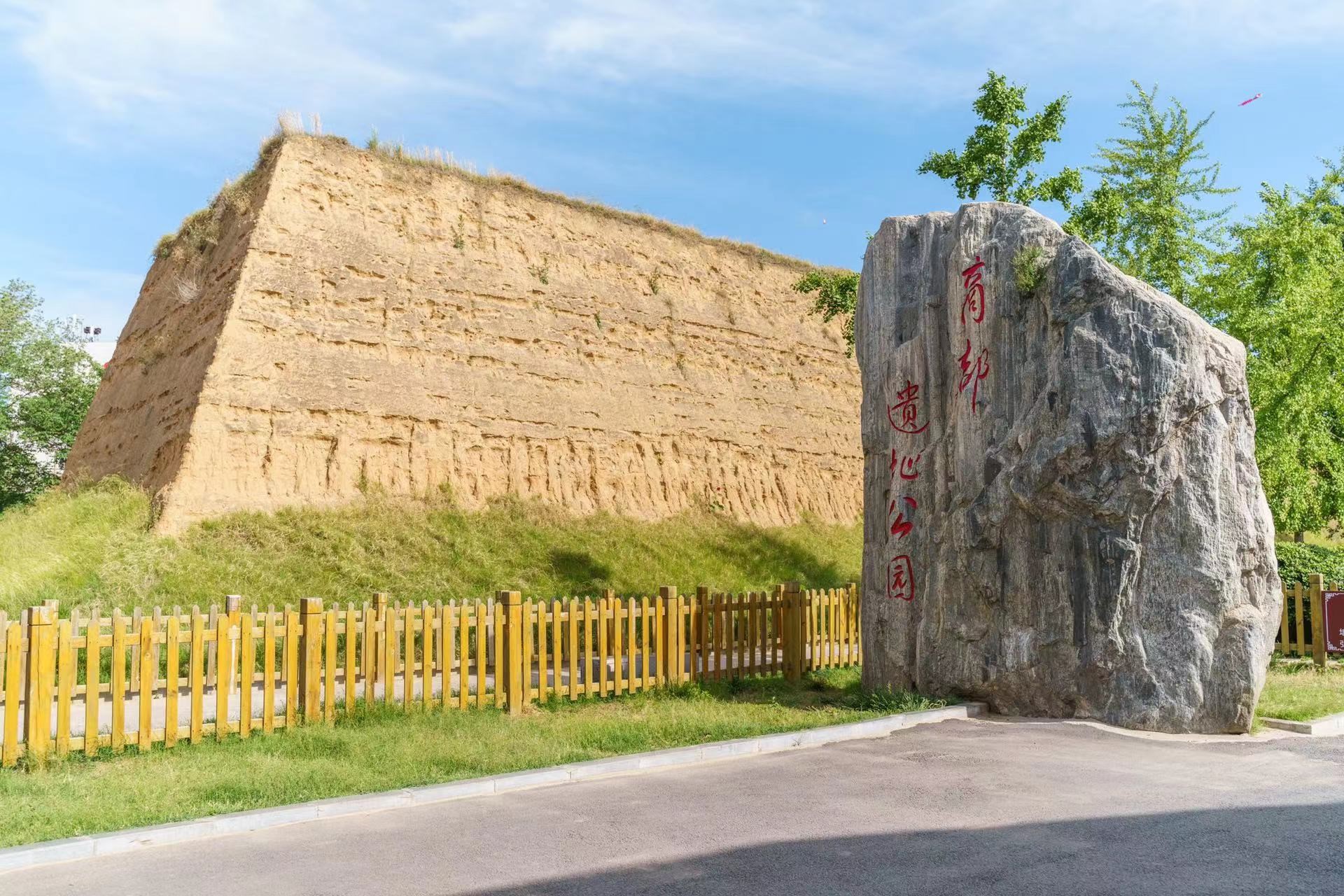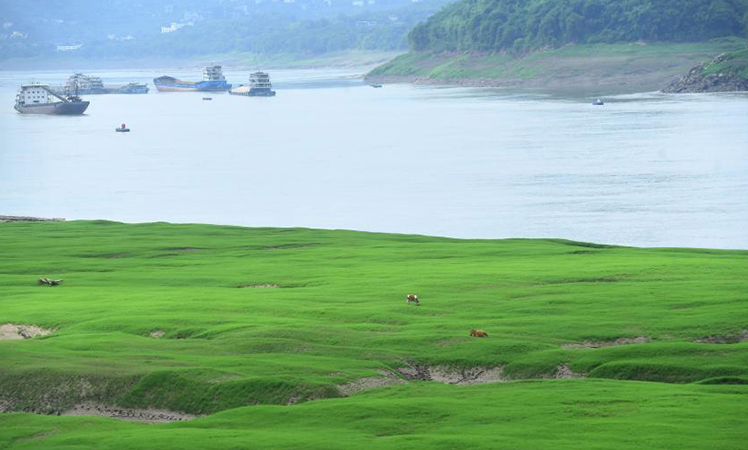China’s Henan sees achievements in integrating heritage protection, ecological progress
Zhengzhou, the capital of central China's Henan province, is combining ecological progress with cultural relics and heritage protection to improve life quality for its people.

Photo shows the Yangshao Village National Archaeological Site Park in Sanmenxia ciy, central China's Henan province. The park comes with a Yangshao culture museum, excavation memorial sites and archaeological display areas. (People's Daily Online/Sun Meng)
Since 2017, the city has launched a program that incorporates the protection of ancient sites and towns into ecological progress. Building ecological parks on ancient sites, Zhengzhou is striving to advance cultural relics and heritage protection through ecological conservation.
A 29.8-hectare ecological heritage park near the Lucun River has lately been established to display and protect a local moat-surrounded settlement. In the park, citizens can experience pottery-making, observe archaeological ash pits, and join many other cultural activities. The park is now frequently visited by surrounding residents.
According to Ren Xiaohong, former deputy head of Zhengzhou's municipal administration of cultural heritage, there are over 220 ancient sites among Zhengzhou's major historical and cultural sites protected at the municipal level or above. Two of them are on the UNESCO World Heritage List, and 83 are protected at a national level, he told People's Daily.
Zhengzhou has established 45 ecological heritage parks and offered 318 million yuan ($47.37 million) of relevant subsidies since 2017, seeing an increase of nearly 10,000 mu (667 hectares) in green areas.
Based on their positions, goals and functions, these ecological heritage parks combine heritage protection with forest conservancy, farmland protection and urban ecological progress, Ren introduced.
The Miaogou ruins in Zhengzhou were once a pottery workshop of the Yangshao culture, an important stream of Chinese civilization dated from around 5000 BC to 3000 BC. Now it has turned from a wasteland into a geological park. With heritage display areas, archaeological experience areas and landscapes, the park is a favorite spot for residents in the city.

Photo shows a national heritage park of ancient Luoyang during the Sui and Tang Dynasties (around 581-907) in Luoyang city, central China's Henan province. (People's Daily Online/Ding Junhao)
Building ecological parks on ancient sites allows the city to not only protect heritages, but also improve the ecological environment, said Wu Weixing, an official with Zhengzhou Municipality for ecology and environment.
Xinzheng, a county-level city under the administration of Zhengzhou, was the capital of Zheng State and Han State during the Spring and Autumn period (around 770–476 BC) and the Warring States period (475-221 BC). Now an archaeological park has been built by the sides of the ruins of the two ancient states' city walls, like a green belt crossing the city.
"The park has lifted the image of Xinzheng and become a new landmark of the city," said Zhao Shuqi, head of the city's municipal bureau of culture, radio and television, tourism and sports.
Xinzheng's ecological space has been expanded with the opening of the archaeological park, and the city is also seeing increasing influence. Since the relics of the ancient capital city of Zheng and Han states were designated as a national archaeological park in December 2017, the number of tourist arrivals at the park has increased by more than 20 percent each year. In 2020, the park attracted 419,600 visits.

Photo shows a section of the ancient city wall in the heritage park of the late Shang Dynasty (1600-1046 BC), Zhengzhou city, central China's Henan province. (People's Daily Online/Ding Junhao)
Archaeological parks are not only places for leisure and entertainment, but also landmarks that enhance the cultural confidence of residents, said Ren Wei, head of the municipal cultural heritage bureau of Zhengzhou.
The Yuanling ancient city park in Xinzheng is a good example that offers important ecological and cultural support for the city, Ren said. Under the concept of ancient site protection, the park’s landscape has been improved, the water system and micro-terrain shaped, forming a large-scale plant landscape consisting of flower corridor, grassland and flower farmland.
Photos
Related Stories
- Protectors of China’s traditional heritage safeguard, promote nation’s cherished cultural wonders for posterity
- China tops world in number of world natural heritage sites
- Xi Focus-Closeup: Protect historical heritage like cherishing life
- China steps up weather protection for cultural heritage sites, artifacts
- Beijing enhances intangible cultural heritage preservation
- China to improve management of revolutionary heritage assets, resources
- China discovers 635 cave temples, cliff statues
- NW China's Suoyang City Ruins home to intact ancient military defense, irrigation systems
- Artisans showcase handmade products at Egypt's largest heritage expo
- Exhibition featuring Bronze Age civilizations held in Chengdu
Copyright © 2022 People's Daily Online. All Rights Reserved.









